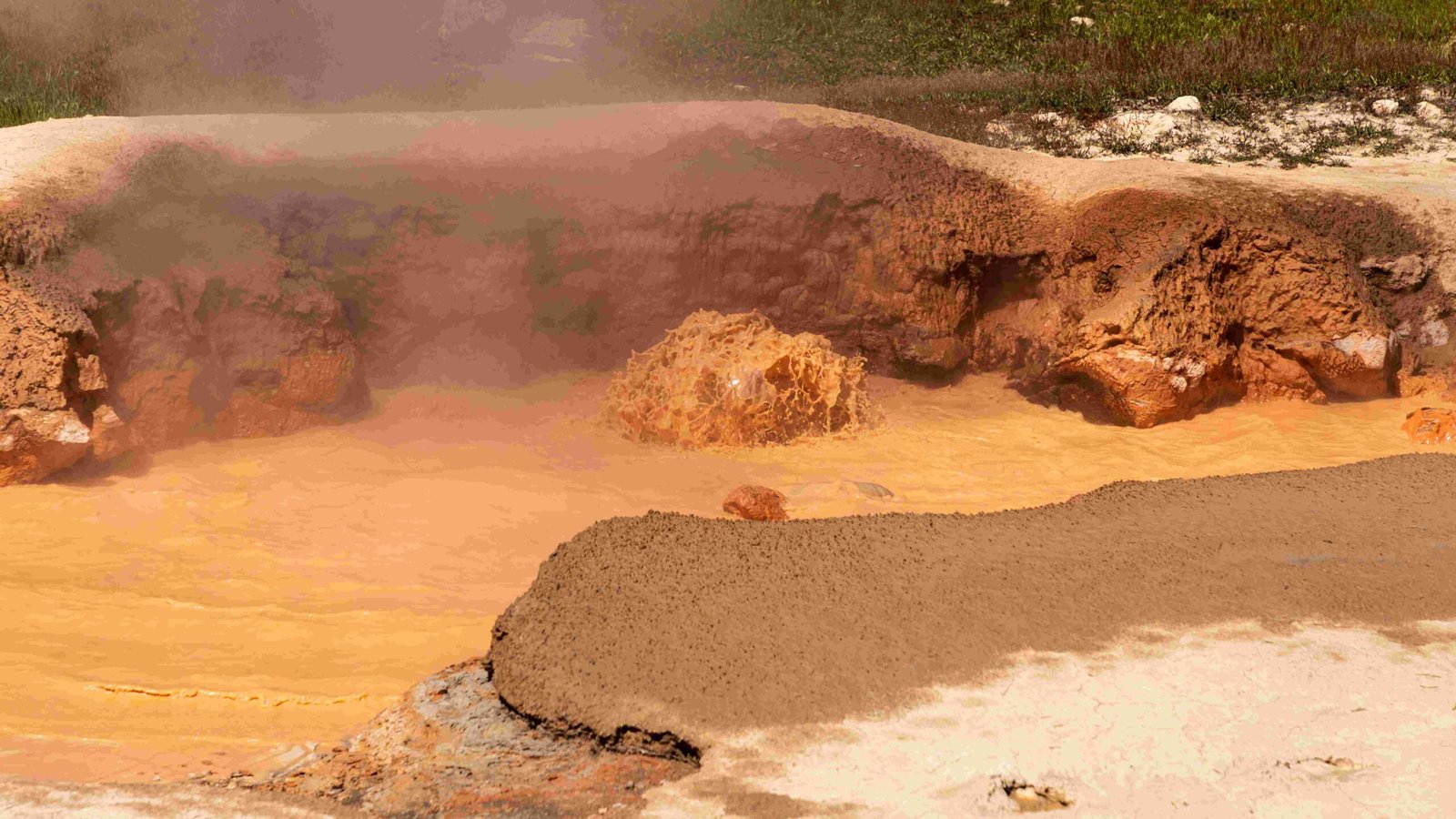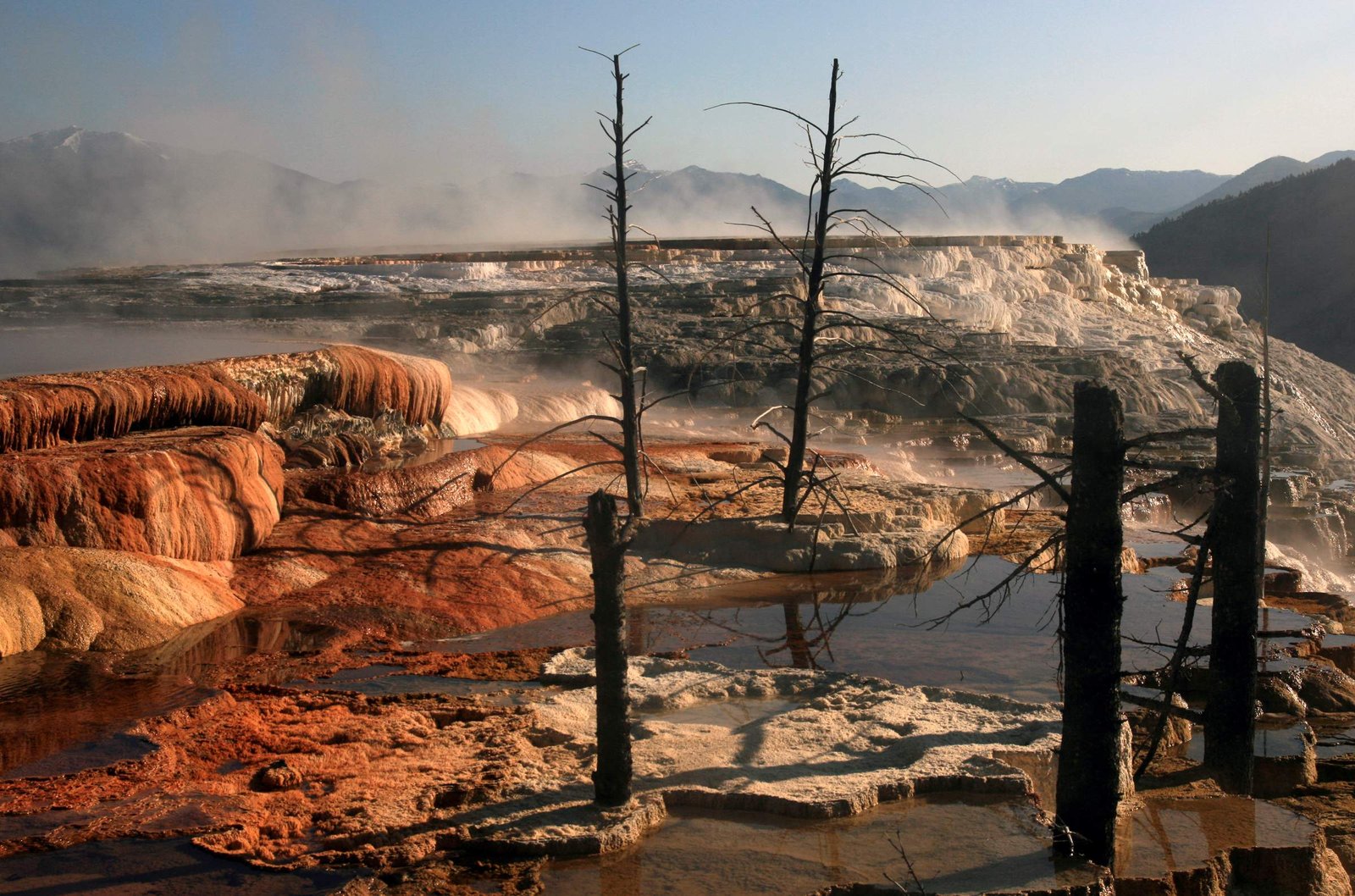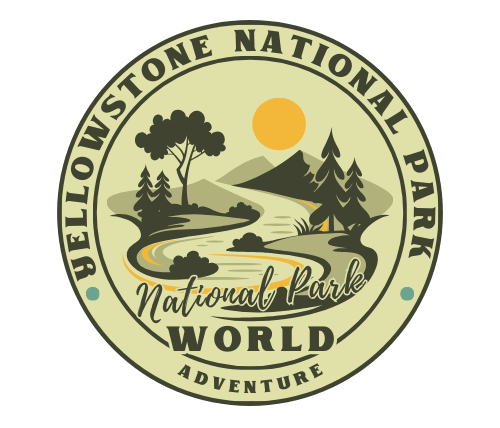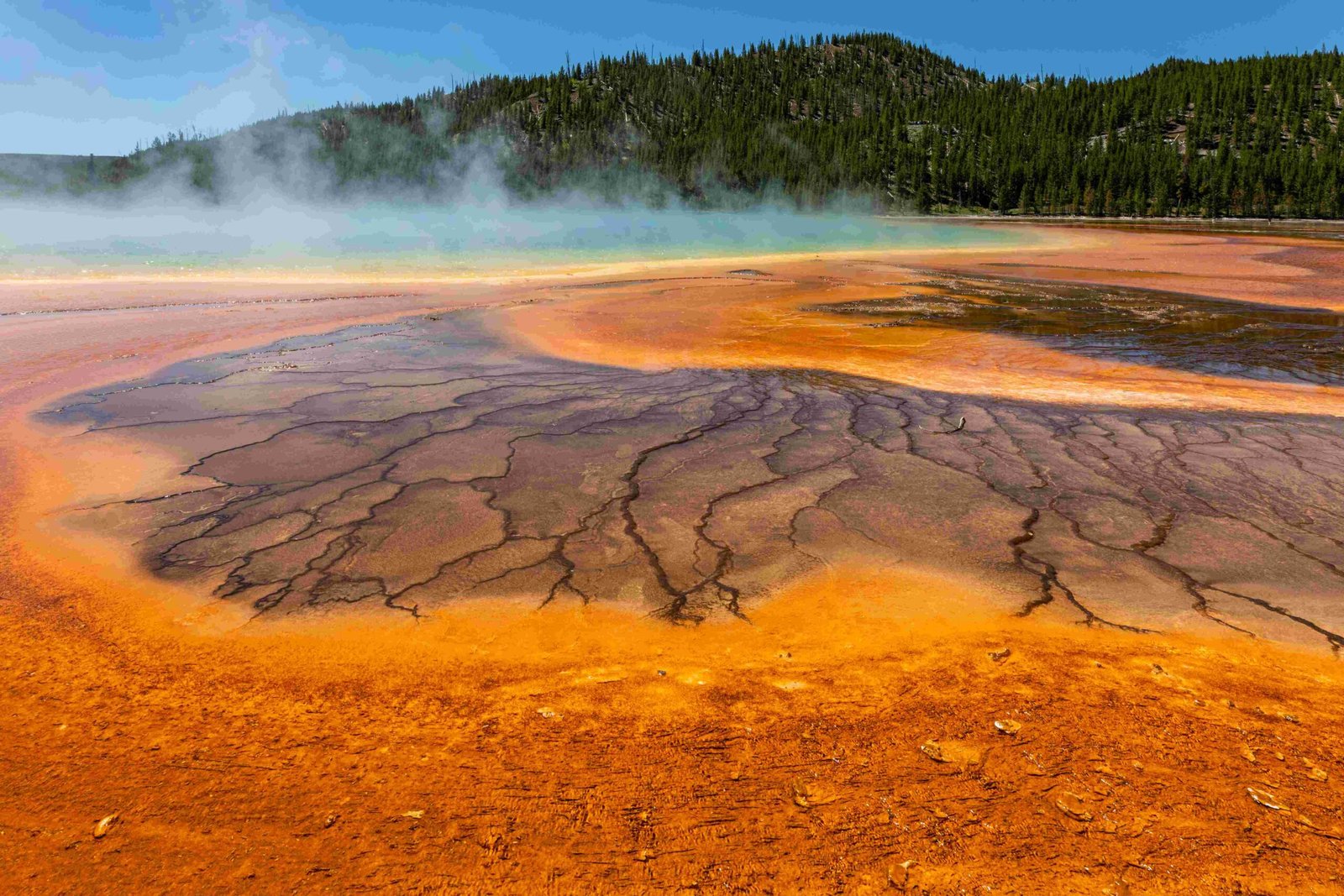Yellowstone National Park’s bison warnings are crucial for visitor safety. The park employs humorous yet clear signage to alert visitors about the dangers of approaching these massive animals. With recent incidents of bison goring tourists, the park emphasizes maintaining safe distances and recognizing warning signs. This guide provides essential information on bison safety, park regulations, and emergency procedures to ensure a safe and enjoyable visit to Yellowstone.
What Are the Specific Bison Warning Signs in Yellowstone?

Yellowstone National Park uses various methods to warn visitors about bison dangers:
- Humorous Posters: The National Park Service created a “Wildlife Petting Chart” poster that humorously advises against petting bison. It features a cartoon-like bison graphic with warnings such as:
- “Nope” on the head
- “How fast are you?” on the bottom of the head
-
“Think again” on the back
-
Clear Signage: Throughout the park, you’ll find signs that read “DANGER… DO NOT APPROACH WILDLIFE.” These are often accompanied by humorous captions to grab visitors’ attention.
-
Multi-language Flyers: Available at park entrances, these flyers illustrate the dangers of approaching wildlife in various languages.
How Many Bison-Related Incidents Have Occurred Recently?

Bison-related incidents are a recurring concern in Yellowstone:
| Year | Incidents |
|---|---|
| 2022 | Multiple goring incidents, including a 71-year-old woman near Storm Point |
| 2024 | An 83-year-old woman gored on the Storm Point Trail |
These incidents highlight the ongoing risk of bison encounters and the importance of following safety guidelines.
What Is the Recommended Safe Distance from Bison?
To ensure safety, visitors must maintain significant distances from wildlife:
- At least 100 yards (91 meters) away from bears and wolves
- More than 25 yards (23 meters) away from all large animals, including:
- Bison
- Elk
- Bighorn sheep
- Deer
- Moose
- Coyotes
What Safety Tips Should Tourists Follow Around Bison?
When encountering bison, follow these crucial safety tips:
-
Give Bison Space: If a bison is near a campsite, trail, boardwalk, parking lot, or developed area, turn around and go the other way.
-
Recognize Aggression Signs: Be alert for behaviors like:
- Bluff charging
- Head bobbing
- Pawing
- Bellowing
- Snorting
These are warning signs that a charge is imminent.
-
Do Not Stand Your Ground: If a bison charges, immediately walk or run away. Use bear spray as you move away if the animal follows you.
-
Stay on Designated Paths: Stick to marked trails and boardwalks to minimize unexpected encounters.
-
Use Vehicles as Shields: If in a vehicle, stay inside when bison are nearby. Do not exit for photos or a closer look.
What Are the Emergency Contact Numbers in Yellowstone?
In case of emergencies involving bison or other wildlife:
- Call the park’s emergency number (available in park literature and signage)
- For general inquiries: (307) 344-2015
Always have these numbers readily available during your visit.
What Are the Park Regulations and Fines Regarding Bison?
Yellowstone National Park has strict regulations to protect both visitors and wildlife:
- Approaching Wildlife: Strictly prohibited
- Feeding Animals: Illegal and subject to fines
- Penalties: Violations can result in hefty fines and potential arrest
- Photography: Must be done from a safe distance
The park service enforces these rules rigorously to maintain safety and preserve the natural behavior of wildlife.
What Educational Programs and Resources Are Available About Bison Safety?
Yellowstone offers various resources to educate visitors about bison behavior and safety:
- Park Ranger Programs:
- Educational talks at visitor centers
- Guided walks focusing on wildlife safety
-
Junior Ranger programs for children
-
Visitor Center Exhibits:
- Interactive displays about bison behavior
-
Safety information kiosks
-
Online Resources:
- Official Yellowstone website with safety tips
-
Social media channels providing real-time updates
-
Printed Materials:
- Safety brochures available at park entrances
-
Trail maps with wildlife safety information
-
Mobile Apps:
- Official Yellowstone app with safety alerts
- Wildlife identification and safety guides
By utilizing these resources, visitors can better understand bison behavior and the importance of maintaining a safe distance.
How Can Visitors Prepare for a Safe Bison Encounter?
Preparation is key to ensuring a safe visit to Yellowstone:
-
Research: Before your trip, familiarize yourself with bison behavior and park safety guidelines.
-
Proper Equipment:
- Carry bear spray and know how to use it
-
Bring binoculars for safe wildlife viewing
-
Stay Informed:
- Check park alerts and ranger updates daily
-
Attend a ranger-led program upon arrival
-
Plan Your Route:
- Be aware of areas with high bison activity
-
Have alternative trails in mind in case of wildlife presence
-
Travel in Groups: Larger groups are less likely to be approached by bison.
-
Teach Children: Ensure all family members, especially children, understand the importance of wildlife safety.
By following these guidelines and staying alert, visitors can enjoy the majestic bison of Yellowstone while maintaining a safe and respectful distance.

